In the fast-paced rhythm of modern life, maintaining a balanced diet can often feel like an elusive goal. For those embracing the ketogenic lifestyle, the challenge intensifies with the need to balance macronutrients carefully while keeping meals both delicious and convenient. Enter the Weekly Keto Meal Prep Schedule—a thoughtfully designed roadmap that transforms the art of meal planning into a manageable, stress-free routine. By organizing your grocery list, cooking sessions, and portions ahead of time, this approach not only saves hours in the kitchen but also helps stay consistent with your keto goals throughout the week. Whether you’re a seasoned keto follower or just beginning your low-carb journey, adopting a structured meal prep schedule can be the key to unlocking a sustainable and enjoyable way of eating.
Table of Contents
- Crafting Balanced Keto Meals for the Week Ahead
- Smart Shopping Strategies for Keto Ingredients
- Efficient Cooking Techniques to Save Time and Effort
- Portion Control and Storage Tips for Freshness
- Adapting Your Meal Prep for Personal Keto Goals
- Q&A
- To Conclude
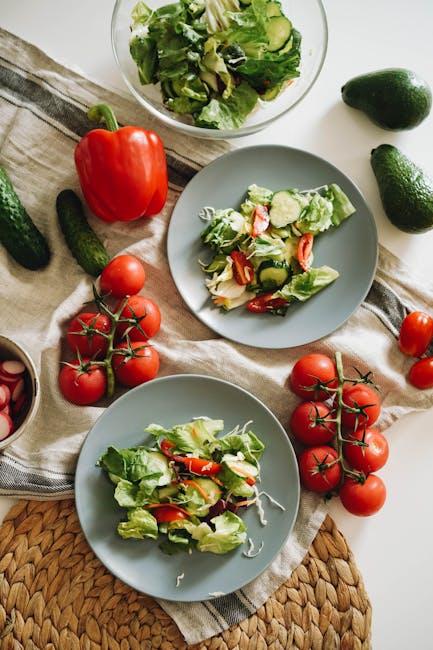
Crafting Balanced Keto Meals for the Week Ahead
Building your weekly keto meals around a balance of macros is key to sustaining energy and avoiding nutrient deficiencies. Start by selecting a variety of proteins such as chicken thighs, salmon, and eggs to keep things interesting and packed with essential amino acids. Pair these with low-carb vegetables like spinach, zucchini, and cauliflower for fiber and micronutrients. Don’t forget healthy fats: avocado, olive oil, and nuts are ideal for satiation and supporting brain health. Incorporate diverse flavors and textures by rotating spices and herbs, which also help enhance digestion and appetite control.
To streamline your meal prep, organize ingredients based on cooking methods and storage needs. For instance, roasting a batch of Brussels sprouts while baking seasoned chicken in the oven saves time and reduces kitchen mess. Use airtight containers to portion meals, ensuring freshness throughout the week. Below is a simple template to guide your shopping and cooking flow, balancing macros without monotony:
| Meal Component | Ideal Foods | Preparation Tips |
|---|---|---|
| Proteins | Chicken thighs, salmon, eggs | Bake, pan-sear, or boil in bulk |
| Vegetables | Spinach, zucchini, cauliflower | Roast or steam; store separately for freshness |
| Fats | Avocado, olive oil, nuts | Add fresh before eating or in dressings |
- Tip: Mix and match proteins and veggies to keep the palate engaged.
- Tip: Use mason jars for salads layered with fat-rich dressings to prevent sogginess until mealtime.

Smart Shopping Strategies for Keto Ingredients
When planning your keto grocery haul, focus on quality over quantity. Prioritize fresh, whole foods such as leafy greens, avocados, and wild-caught fish. Shopping at local farmers’ markets can often yield fresher, more affordable produce than large chain stores, and it supports sustainable eating habits. Keep your pantry stocked with keto essentials like almond flour, coconut oil, and erythritol to avoid last-minute runs to the store that could tempt carb-heavy alternatives.
To make the most of your budget, create a keto-friendly shopping list segmented by categories such as proteins, fats, and low-carb veggies. Here’s a quick reference table to help streamline your list:
| Category | Top Picks | Budget Tip |
|---|---|---|
| Proteins | Chicken thighs, eggs, canned tuna | Buy in bulk and freeze |
| Fats | Avocado, olive oil, nuts | Look for sales and bulk options |
| Veggies | Spinach, cauliflower, zucchini | Choose seasonal and local varieties |
By adhering to these strategies, you’ll keep your keto pantry practical and your wallet happy, setting you up for a successful week of meal prepping.
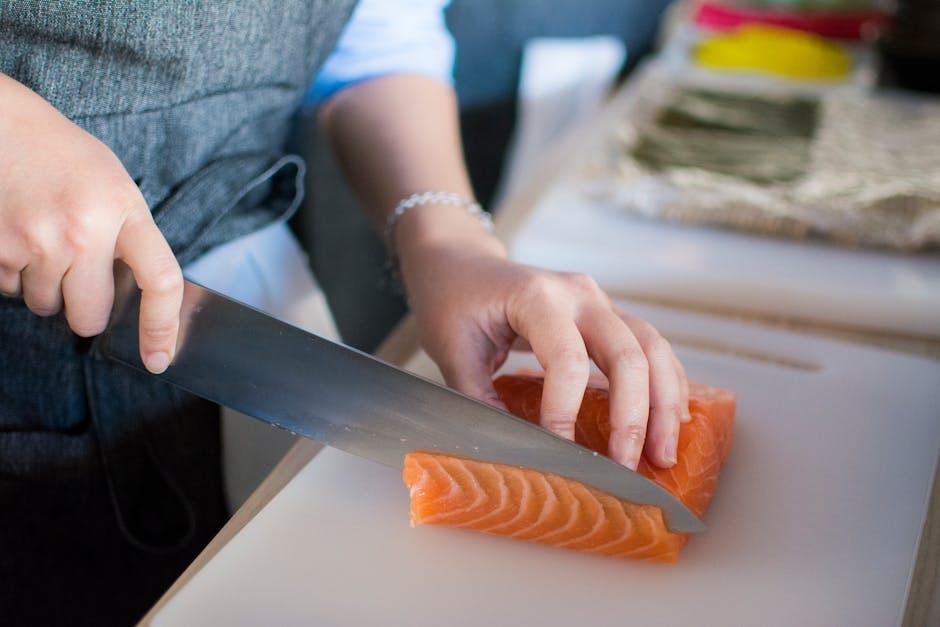
Efficient Cooking Techniques to Save Time and Effort
Mastering the art of keto meal prep doesn’t have to be a time-consuming task. Incorporate batch cooking by preparing large portions of staple ingredients such as cauliflower rice, grilled chicken, and roasted vegetables early in the week. This approach not only optimizes your time but also reduces daily kitchen cleanup. Utilize kitchen gadgets like slow cookers or Instant Pots to effortlessly create flavorful dishes while freeing yourself up for other activities. Additionally, organizing your workspace and ingredients before starting accelerates the cooking flow and minimizes distractions.
Streamlining your cooking with smart techniques can make the keto journey smoother and more sustainable. Implementing a simple system like mise en place—organizing all your ingredients and tools ahead of time—ensures you cut down unnecessary waiting and searching. Explore incorporating one-pan recipes that limit the number of dishes to wash while enhancing flavor through layers of seasoning. To help you visualize an efficient workflow, the table below outlines ideal cooking sequences that balance preparation and cooking times.
| Step | Task | Suggested Time | Tip |
|---|---|---|---|
| 1 | Chop veggies & herbs | 10 min | Use a food processor |
| 2 | Cook proteins (grill/bake) | 20 min | Season well beforehand |
| 3 | Prepare keto-friendly sides | 15 min | Leverage pre-cooked veggies |
| 4 | Assemble meals & store | 10 min | Use airtight containers |
- Pro Tip: Double up recipes and freeze half for future quick meals.
- Save Time: Keep your spices and seasonings organized and within reach.
- Reduce Effort: Clean as you go to maintain a clutter-free space.
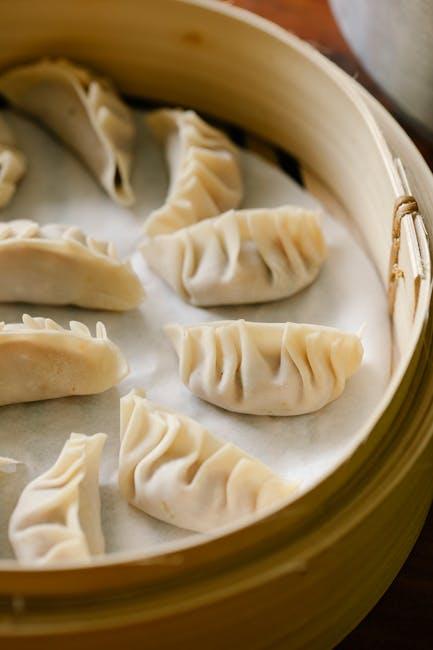
Portion Control and Storage Tips for Freshness
Keeping your meals fresh throughout the week starts with smart portioning. Use airtight containers in varying sizes to separate individual servings, making it easy to grab exactly what you need without exposing the rest to air and moisture. Glass containers are ideal as they don’t retain odors and are microwave-safe, ensuring your keto dishes stay as vibrant as when you first made them. Label containers with the meal name and prep date for quick reference, keeping spoilage in check and preventing kitchen confusion.
- Store leafy greens in paper towels to absorb excess moisture and keep them crisp.
- Freeze protein portions separately to thaw only what’s needed for the day.
- Keep sauces in small jars to avoid watering down your dishes when reheating.
| Food Type | Storage Tip | Optimal Duration |
|---|---|---|
| Cooked meats | Wrap tightly, refrigerate | 3-4 days |
| Low-carb veggies | Store with paper towel | 5-7 days |
| Dairy products | Keep sealed and cold | 1 week |
| Nut-based sauces | Refrigerate in small jars | 2 weeks |
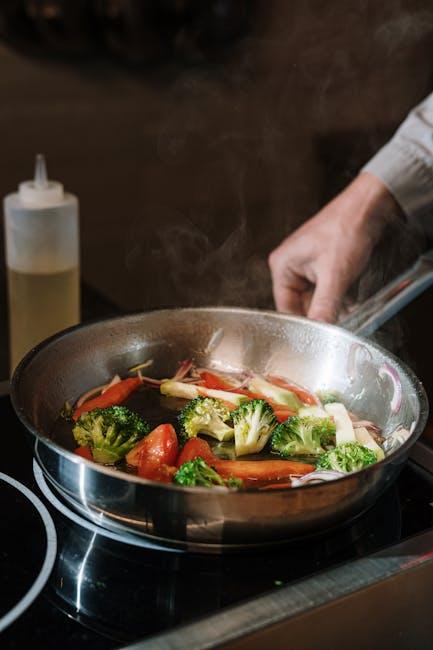
Adapting Your Meal Prep for Personal Keto Goals
To truly tailor your keto meal prep to fit your unique goals, start by assessing your macros and adjusting recipes accordingly. Whether your aim is weight loss, muscle gain, or maintaining ketosis comfortably, understanding your target ratios of fats, proteins, and carbs can make all the difference. For example, if fat adaptation is your goal, boost healthy fat sources like avocado, olive oil, and nuts in your prep. Conversely, those focusing on muscle development might emphasize moderate protein intake from quality meats and dairy while keeping carbs low.
Incorporating flexibility is key to sustained success. Create a rotation of keto-friendly ingredients and meals that you can swap throughout the week to prevent monotony and meet nutritional needs without sacrifice. Using a simple tracking table can help you monitor progress and tweak portions as needed. Below is a sample framework for adjusting your meal components based on common keto goals:
| Goal | Fats | Proteins | Carbs |
|---|---|---|---|
| Weight Loss | 60-70% | 20-30% | 5-10% |
| Muscle Gain | 50-60% | 30-40% | 5-10% |
| Maintenance | 55-65% | 25-35% | 5-10% |
Q&A
Q&A: Weekly Keto Meal Prep Schedule
Q1: What exactly is a weekly keto meal prep schedule?
A weekly keto meal prep schedule is a thoughtfully organized plan where you prepare low-carb, high-fat meals ahead of time for the entire week. This schedule streamlines your cooking process, ensuring you stick to keto guidelines without daily hassle.
Q2: Why should I follow a meal prep schedule instead of cooking daily?
Meal prepping saves time, reduces stress, and helps maintain nutritional consistency. By planning and prepping in advance, you avoid last-minute carb splurges and make keto adherence simpler and more enjoyable.
Q3: How do I start creating my own keto meal prep schedule?
Begin by mapping out your week with breakfast, lunch, snacks, and dinners. Choose keto-friendly recipes rich in healthy fats, moderate proteins, and low carbs. Allocate a day—usually Sunday—to cook and portion meals. Remember to balance variety with simplicity.
Q4: Can I prep all my keto meals at once, or should I prepare in batches?
It depends on the ingredients and your freezer space. Some meals store well for days or freeze perfectly, like casseroles or meatballs. Others, like fresh salads or avocado-based dishes, are better prepared closer to eating day. Planning batch cooking with versatile ingredients is key.
Q5: What are some keto staples to include in my grocery list for meal prep?
Think leafy greens, eggs, avocados, nuts, fatty fish, cheese, olive oil, coconut oil, and low-carb veggies like cauliflower and zucchini. These ingredients provide the fat and fiber necessary for a satiating keto diet.
Q6: How can I keep my weekly keto meals exciting and prevent boredom?
Rotate your protein sources—chicken, beef, pork, seafood—and experiment with herbs, spices, and keto-friendly sauces. Incorporate different cooking methods: grilling, roasting, or slow cooking. Meal prepping with flavors from various cuisines keeps taste buds engaged.
Q7: Is it necessary to track macros strictly when following a keto meal prep schedule?
While strict macro tracking can help beginners, the main goal is staying low-carb enough to enter ketosis. Once you understand your body’s responses, intuitive eating within keto parameters can work well alongside meal prepping.
Q8: How do I adjust my keto meal prep if I have a busy or unpredictable schedule?
Prepare quick grab-and-go meals like boiled eggs, cheese sticks, and pre-portioned nuts. Having instant keto-friendly snacks saves time and prevents slipping. Flexible meal prepping, with a mix of ready-to-eat and cook-on-demand items, fits unpredictability better.
Q9: Can I meal prep keto desserts?
Absolutely! Keto desserts like fat bombs, chia pudding, or coconut flour muffins can be made in advance and stored for the week, adding a sweet touch without knocking you out of ketosis.
Q10: What are the biggest challenges people face with weekly keto meal prep and how can they overcome them?
Common challenges include boredom, lack of time on prep day, and forgetting meal components. Overcome these by planning varied menus, setting aside dedicated prep time, and creating detailed shopping and cooking lists. Use batch cooking and freezing wisely to reduce daily pressures.
This Q&A provides a balanced, engaging foundation to deepen readers’ understanding and success with a weekly keto meal prep schedule.
To Conclude
As the week unfolds, having a well-planned keto meal prep schedule can transform your culinary routine from chaotic to effortlessly satisfying. With ingredients thoughtfully organized and meals ready to fuel your goals, you reclaim time and nourish your body with intention. Whether you’re a seasoned keto enthusiast or just starting out, this rhythmic approach to meal prepping lays the foundation for consistency and success. Embrace the flow of your weekly schedule, and let each prepared dish be a small victory on your journey to vibrant, low-carb living.







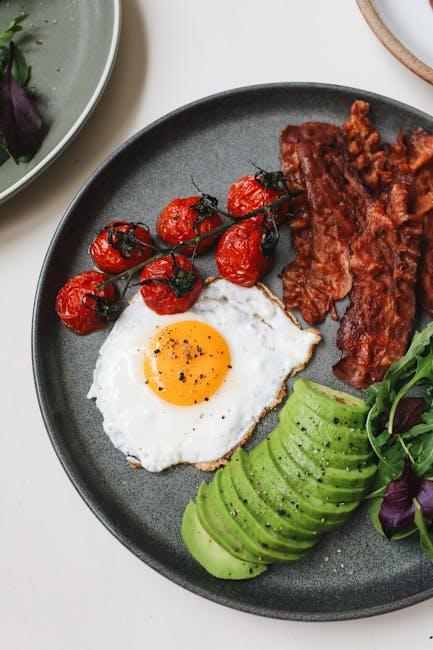


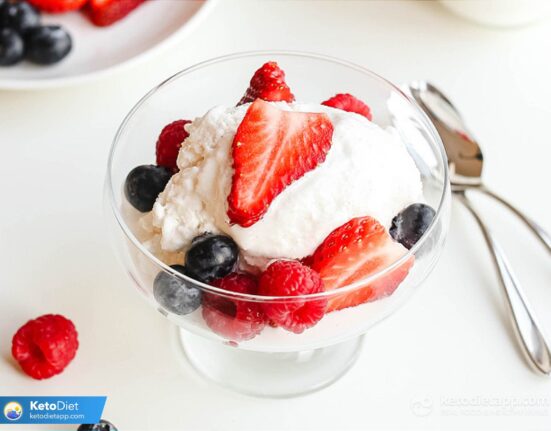



Leave feedback about this